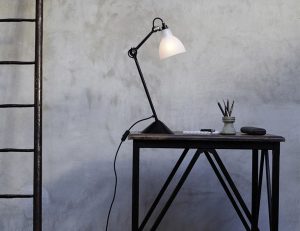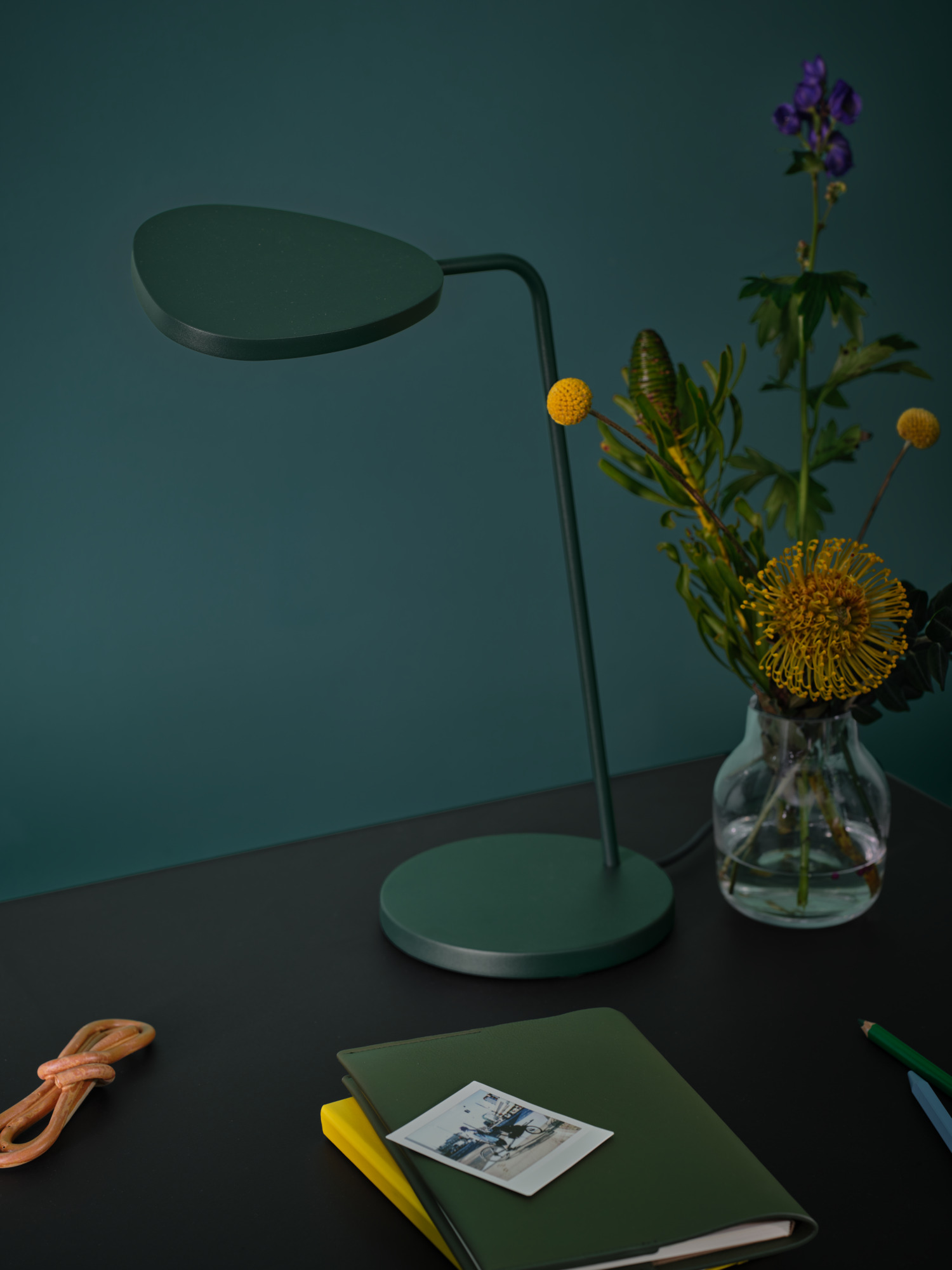
Choosing a Table Lamp: Style and Tips Guide
Understanding Table Lamps Basics
At the heart of every table lamp are three fundamental components: the base, the shade, and the bulb.
Each element plays a pivotal role in the lamp’s functionality overall design and aesthetic appeal. The base, often a reflection of the table lamp’s style, provides stability and adds to the decor. The shade, more than just a cover, influences light diffusion and room ambience. The bulb, the illumination source, determines the lamp’s brightness and energy efficiency.
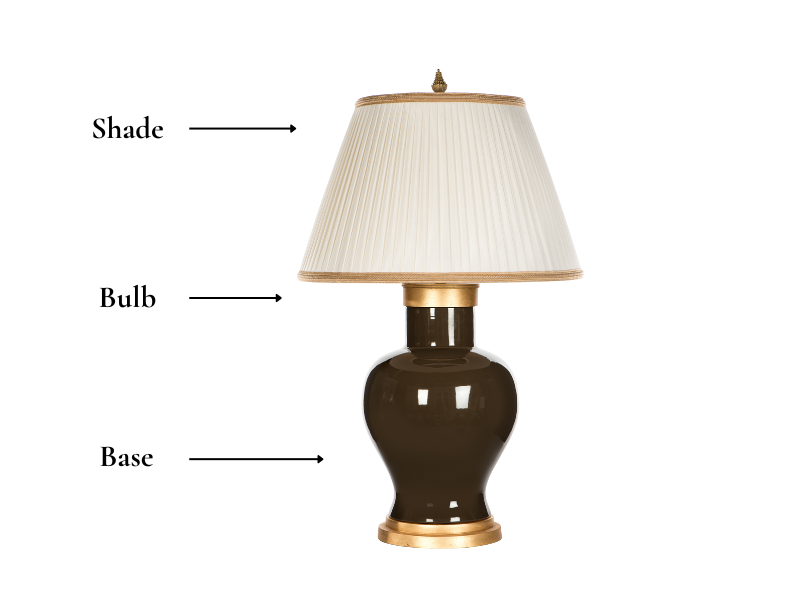
The Art of Proportion: Balancing Size, Scale, and Aesthetics
Understanding the importance of size, scale, and proportion is crucial in choosing the right table lamp. A lamp too large for a small table or a tiny lamp on a large surface can disrupt the harmony of your space. The lamp’s size should be in proportion not only to the table but also to the room it occupies. A well-chosen lamp enhances the room’s balance, creating a pleasing and functional environment.
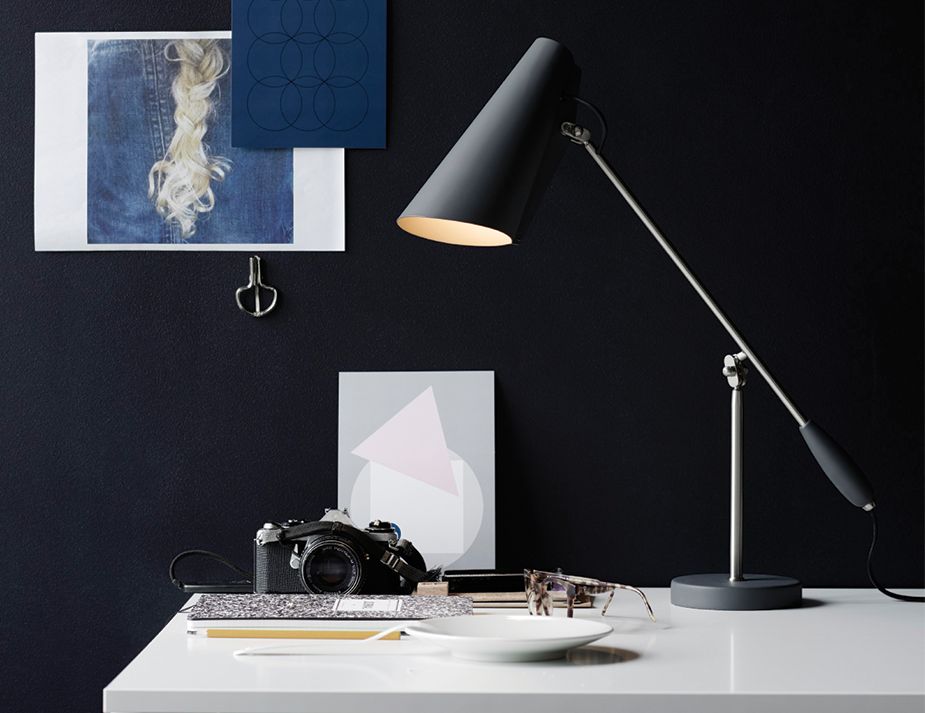
Exploring Varieties: Bedside, Desk, and Buffet Lamps
Table lamps come in various types, each designed for specific locations and purposes. Bedside lamps, typically smaller, offer a soft glow perfect for reading before sleep. Desk lamps, focused on functionality, provide concentrated lighting for work and study. Buffet lamps, taller and more slender, add elegance and are often used for accent lighting. Understanding these varieties helps select the right lamp for your needs, ensuring functionality and style coexist beautifully in your space.
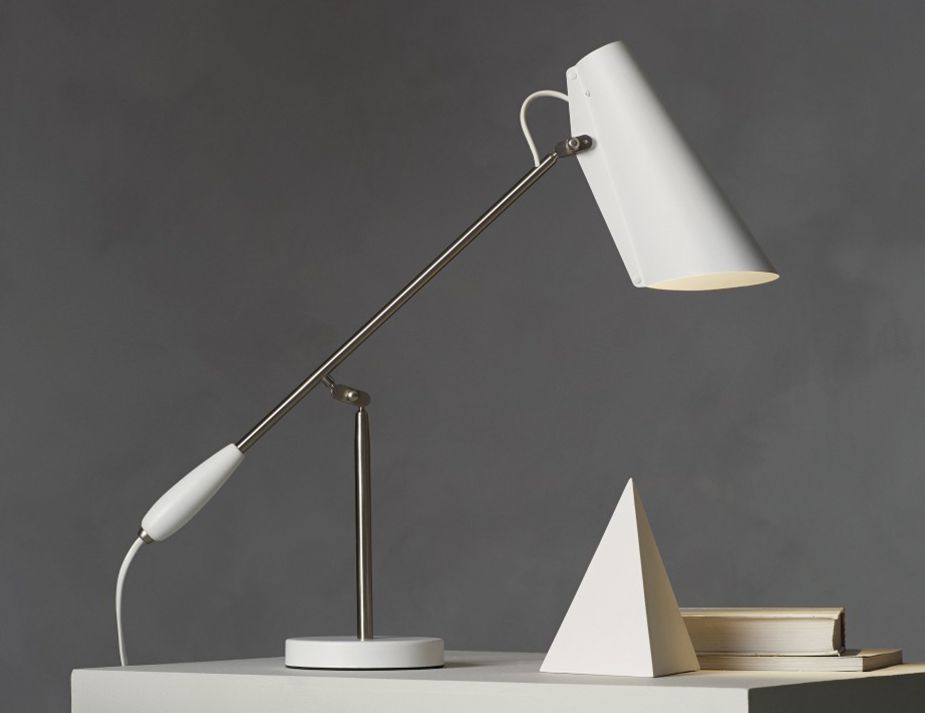
Styles and Statements – Choosing Your Table Lamps
Navigating the Spectrum of Table Lamp Styles
Table lamps are not just sources of light; they are expressions of style. From the sleek lines of contemporary designs to the ornate details of traditional lamps, each style brings its unique flair. For those who love a touch of history, vintage lamps offer a nostalgic charm, while industrial lamps, with their raw and edgy look, suit modern, minimalistic spaces. The key is to explore these styles and find one that resonates with your taste and the aesthetic of your room.
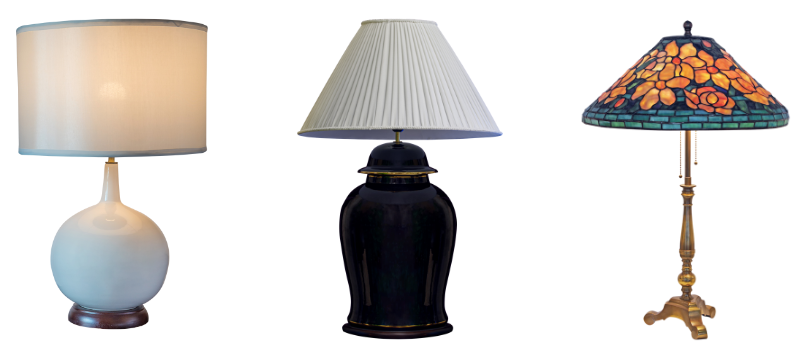
Harmonising Lamp Style with Room Decor
Matching a lamp’s style with your room’s decor is essential for creating a cohesive look. A contemporary lamp might complement a modern living space, while a traditional lamp could enhance the elegance of a classic room design. Consider the colour scheme, furniture style, and overall theme of your room when choosing a lamp. For instance, a vintage lamp can add character to an antique-themed room, and an industrial lamp can accentuate the modern, utilitarian aspects of a space.
Making a Bold Statement with Lamp Design
A table lamp can be more than just a light source; it can be a statement piece. Opting for a lamp with a bold design can transform an ordinary room into an extraordinary space. Consider lamps with unique shapes, vibrant colours, or distinctive materials. A lamp with an artistically sculpted base or an unusually shaped shade can serve as a conversation starter. However, ensure the boldness of the lamp doesn’t overpower the room but rather complements it. Remember, the right lamp can elevate your decor from mundane to magnificent.
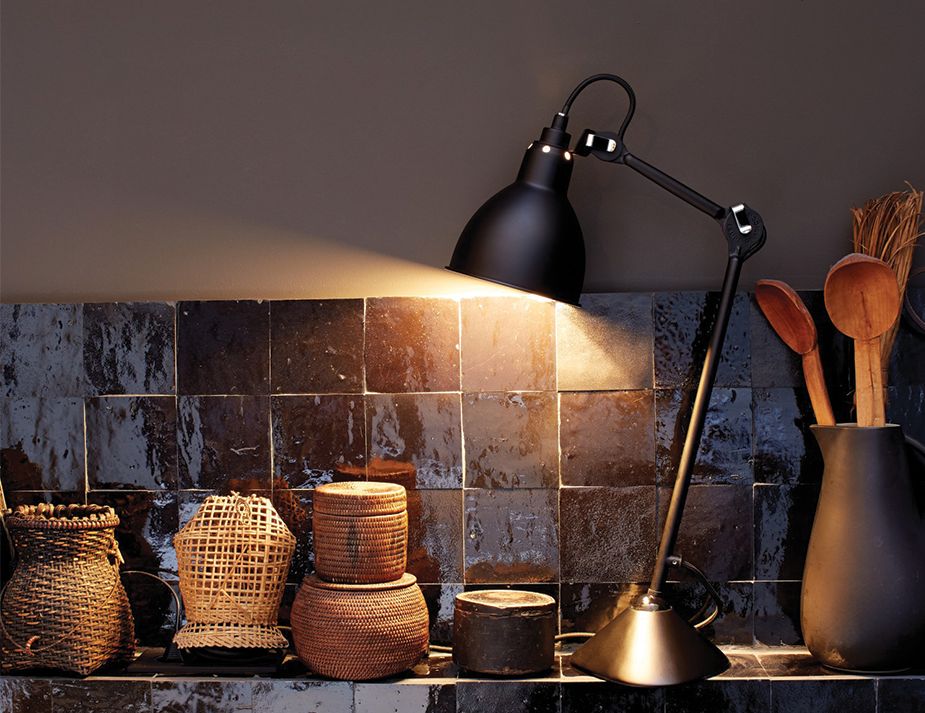
The Right Light – Functionality Meets Design
Illuminating Your Needs: Functionality of Lighting
When selecting a table lamp, it’s crucial to consider its functional aspects, which go beyond mere aesthetics. The primary purpose of a lamp influences your choice of bulb types and brightness levels. For instance, a lamp used for reading should ideally have a brighter, more focused light compared to one used for creating a relaxed ambience. Understanding your lighting needs is the first step in choosing the right lamp.
Navigating Bulb Options and Brightness
Today’s market offers a variety of bulb types, each with its advantages. LED bulbs are energy-efficient and long-lasting, making them a popular choice for frequent use. Halogen bulbs emit a bright, white light, ideal for tasks requiring attention to detail. On the other hand, incandescent bulbs provide a warm glow, enhancing the cosiness of a space. The brightness level, measured in lumens, also plays a key role. A higher lumen count means more brightness, suitable for reading or workspaces, while a lower lumen count creates a softer, more relaxed atmosphere.
Table Lamps: Setting the Tone and Ambience
The role of table lamps in creating ambience cannot be overstated. The right lamp can transform the mood of a room, from a bright and energetic space to a soft and serene haven. Consider using lamps with dimmer switches to easily adjust the light to suit different moods and occasions. The colour temperature of the bulb also affects ambience, with cooler temperatures suitable for concentration and warmer tones for relaxation.
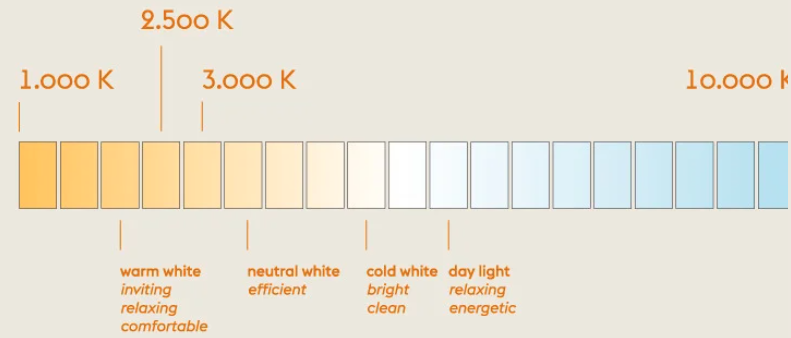
Choosing Table Lamps for Specific Tasks
Different activities require different types of lighting. For reading, a lamp with a directional shade and a brighter bulb ensures focused lighting that reduces eye strain. For tasks like crafting or writing, consider a lamp with an adjustable arm for flexibility. Accent lighting, on the other hand, is more about style and creating focal points in your decor. Lamps with unique designs or soft lighting can highlight artwork, plants, or other decor elements. By considering the specific tasks you’ll perform in the lamp’s vicinity, you can select a lamp that is both functional and stylish.

Shades of Style – Selecting the Perfect Lampshade
Finding the Right Fit Table Lamps: Size, Shape, and Colour
The lampshade is a critical component that significantly influences the style and lighting of your space. When selecting a lampshade, consider the size first. A shade too large can overpower the lamp base, while a small one may appear disproportionate. The shape of the shade should complement the base; for instance, a round base pairs well with a round shade. The colour of the lampshade is equally important; it should harmonise with the room’s colour palette. Lighter shades diffuse more light, making them suitable for tasks, whereas darker shades create a moodier, more intimate ambience.
Material Matters: Light Diffusion and Aesthetics
The material of the lampshade affects both its appearance and the quality of light. Fabric shades, common and versatile, offer a soft, diffused light, making them ideal for living rooms and bedrooms. Glass shades can range from transparent to frosted, influencing the brightness and direction of the light. Metal shades, often found in industrial-style lamps, focus light downwards, making them suitable for task lighting. Each material interacts with light differently, so consider the function of the lamp and the atmosphere you want to create when choosing a shade material.
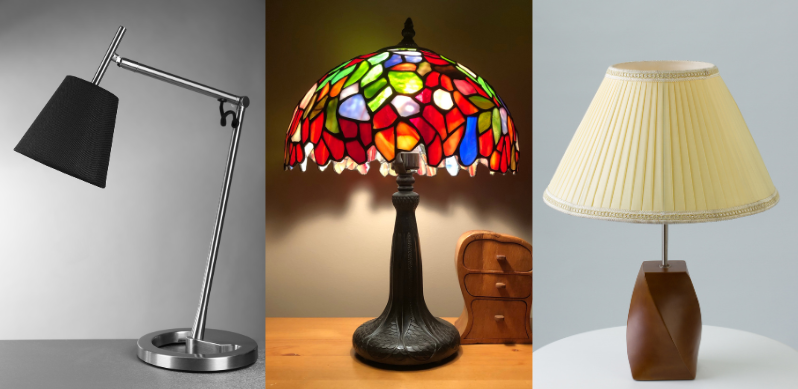
Tips for Table Lamps Care and Maintenance
Regular cleaning and maintenance are vital to preserving the beauty and functionality of your table lamps. Dust the lamp base and shade gently but regularly, using a soft cloth or a duster. For more thorough cleaning, unplug the lamp and wipe the base with a slightly damp cloth, avoiding harsh chemicals that can damage the finish. Fabric shades can be cleaned with a vacuum’s upholstery attachment to remove dust, while glass or metal shades can be wiped with a damp cloth.

Innovative Trends in Table Lamp Design
Embracing the Future: Trends in Table Lamp Design
The world of table lamp design is constantly evolving, with new trends that blend style, functionality, and technology. Smart lamps are a significant trend, offering features like adjustable colour temperatures and brightness, controlled via apps or voice commands. These lamps can sync with your daily routine or home automation systems, providing both convenience and a touch of modernity.
Sustainable materials are another key trend, reflecting a growing environmental consciousness. Lamps made from recycled materials, bamboo, or biodegradable fabrics are gaining popularity, offering both style and sustainability. These materials not only contribute to a healthier planet but also add a unique, often artisanal touch to home decor.

Technology’s Impact on Functionality and Style
Technology has significantly influenced table lamp functionality and style. LED technology, for example, has led to slimmer, more streamlined designs, as LED bulbs require less space than traditional bulbs. Some contemporary lamps now feature integrated USB ports, making them handy charging stations. The use of innovative materials and manufacturing techniques has also allowed for more daring and sculptural designs, pushing the boundaries of traditional lamp aesthetics.
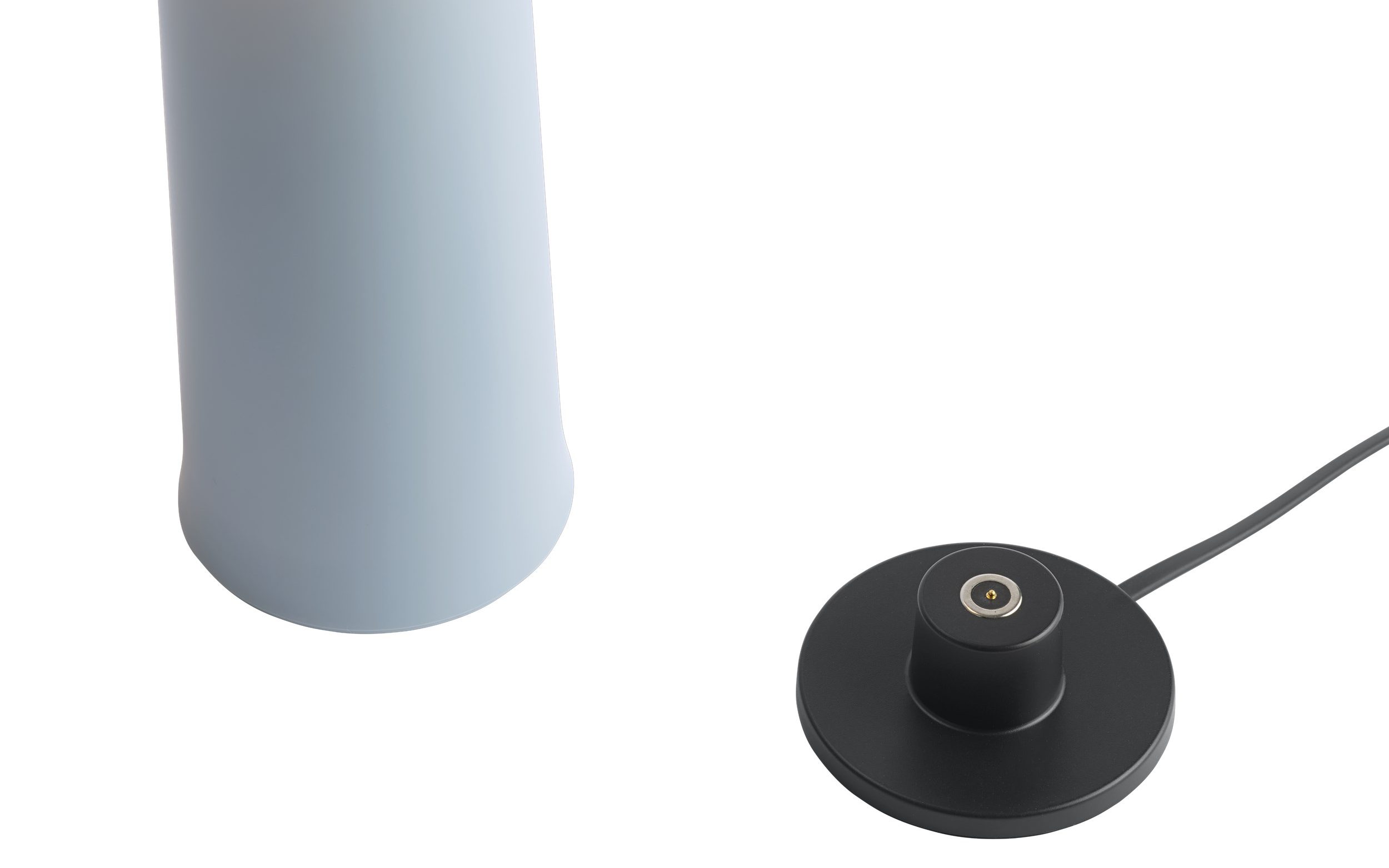
Spotlight on Cutting-Edge Designs in Table Lamps
The market is brimming with cutting-edge designs that are as much a piece of art as they are functional objects. From minimalist lamps that seem to defy gravity to organic shapes that mimic natural elements, these designs challenge our traditional notions of table lamps. Touch-sensitive bases, colour-changing capabilities, and lamps that double as sound systems are just a few examples of the innovation currently available.
5 Essential Tips for Choosing the Perfect Table Lamps
Height Matters: Balancing Function and Proportion
The height of your table lamp is crucial. It’s determined by both its function and the height of the surface it rests on. Aim for a lamp height in the 24-28 inch range, depending on where you place it. This height ensures the lamp serves its purpose effectively, whether it’s for reading, ambience, or accent lighting.
Eye-Level Elegance: Comfort Meets Style
If the lamp is for a reading or seating area, the bottom of the shade should align with your eye level when seated. This placement prevents the bulb from shining directly into your eyes, offering a comfortable light for reading while contributing to the overall ambience.
Scale and Proportion: Harmonising Your Space
The lamp should be proportionate to the table or surface it’s on. Generally, a larger surface calls for a larger lamp. Keep an eye on the diameter of both the base and the shade. The lamp shouldn’t overwhelm its space or jut out awkwardly over the table’s edge. A good rule of thumb is for the lampshade to be about 33-40% of the lamp’s overall height and up to twice the width of the base.
Style and Statement: Reflecting Your Aesthetic
Choosing the right style is an art. It requires considering the overall style of your room. What statement do you want your lamp to make? Should it be a standout focal point or a subtle complement to the room? Reflect on these questions to find a lamp that not only lights up your space but also enhances its aesthetic appeal.
Flexibility in Design Rules: Trust Your Instincts
While these guidelines are a great starting point, remember that design rules can have exceptions. Trust your instincts and personal taste. These tips are meant to guide you, but your unique style and the specific needs of your space should ultimately drive your choice.
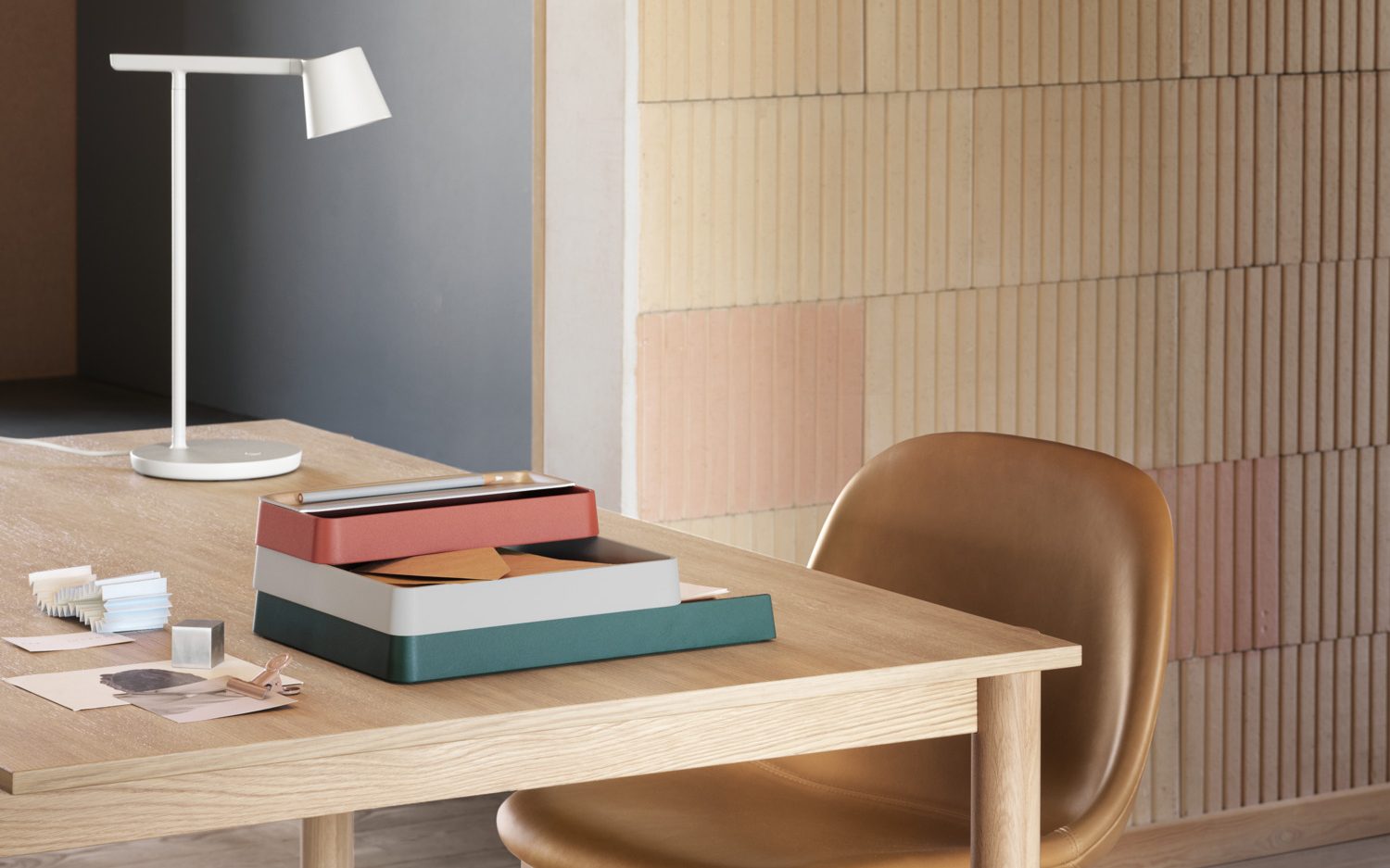
Illuminating Your Space with Style and Function
Choosing the right table lamp is a critical decision that impacts both the functionality and style of your space. The perfect lamp not only provides the necessary illumination but also complements and enhances your decor. It’s an opportunity to express your style, add a touch of elegance, or infuse a bit of whimsy into your room.
We’d love to hear from you! Share your own experiences and tips on choosing and styling table lamps. What unique designs have you incorporated into your home? How have you used table lamps to enhance your decor? Join the conversation and inspire others with your ideas and insights. Remember, in the world of interior design, lighting is not just about seeing; it’s about creating an experience.
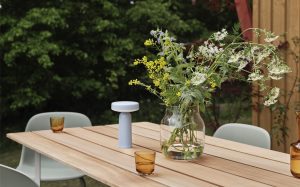
Frequently Asked Questions
Yes, LED table lamps are an excellent choice. They are energy-efficient, have a longer lifespan, and provide a range of lighting options from warm to cool light. They are also more environmentally friendly compared to traditional bulbs.
The colour of the lamp should coordinate with the room’s colour scheme. Neutral colours offer versatility, while bold colours can be a focal point. Consider the mood you want to set; warmer colours create a cozy atmosphere, while cooler colours offer a more serene setting.
The electricity consumption of table lamps depends on the bulb type and wattage. LED bulbs consume significantly less electricity compared to traditional incandescent bulbs. Using energy-efficient bulbs and turning off lamps when not in use can help reduce electricity consumption.
A table lamp next to a sofa should ideally be at the same height as the top of the sofa’s arm. The bottom of the lampshade should be at eye level when seated to provide optimal lighting without glare. This typically translates to a lamp height of 24-34 inches, depending on the sofa’s height.
For a work lamp, look for one with adjustable brightness and a focused light beam to reduce eye strain. A lamp with an adjustable arm or head can help direct light exactly where you need it. Consider the size of your desk and the amount of workspace you need to illuminate.

